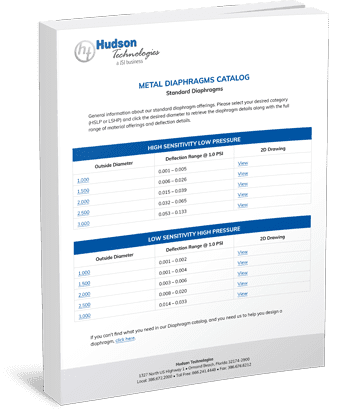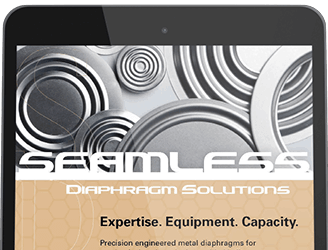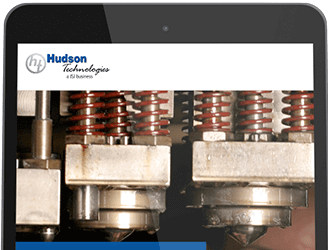Stainless steel is corrosion resistant, strong, heat resistant and chemical resistant. It’s no wonder so many companies choose it for critical components. And while industries from aerospace and defense to health care and power generation utilize stainless steel, forming and deep drawing it into frame parts, medical containers, or components for gas turbines requires a high degree of skill and knowledge.
How It Works
Deep draw forming stainless steel produces strong, corrosion-resistant parts for everything from medical parts to the kitchen sink. The process involves applying pressure to stretch a flat piece of stainless steel over a form in a die. Depending on the depth and width of the draw, some parts must go through multiple times to meet desired specifications.
Challenges with Deep Drawing Stainless Steel
Because of the unique properties of stainless steel, special handling is needed during the deep draw process. First, stainless steel work hardens faster than carbon steel. Therefore, it requires nearly twice the pressure to be stretched and formed. Secondly, the chromium oxide surface film (which prevents corrosion on stainless steel) intensifies friction during deep draw forming.
That means that tooling must be coated and lubricated properly to minimize the cost of wear and tear. Lastly, the speed of deep drawing stainless must be adjusted to account for high friction, high pressure, depth of draw and other factors. Failing to calibrate the speed correctly can result in breakage or wrinkles. Typically, the deeper the draw, the slower it needs to be.




















Leave a Reply